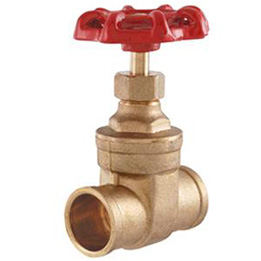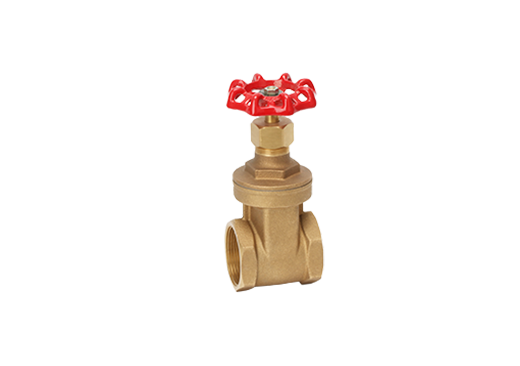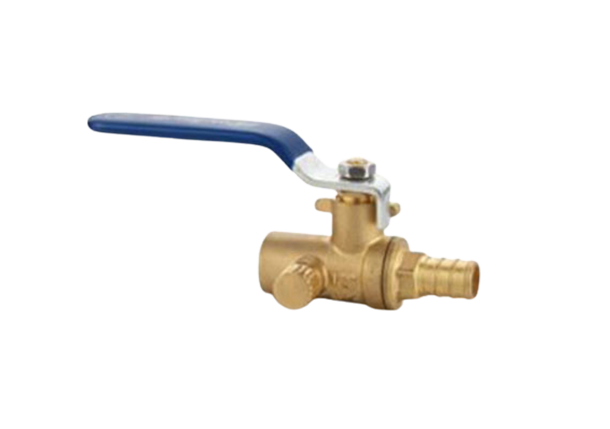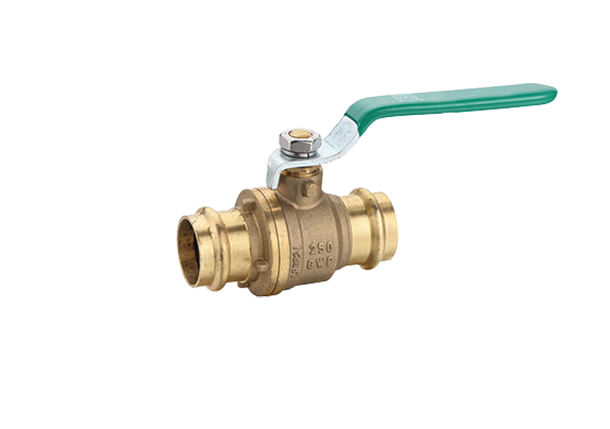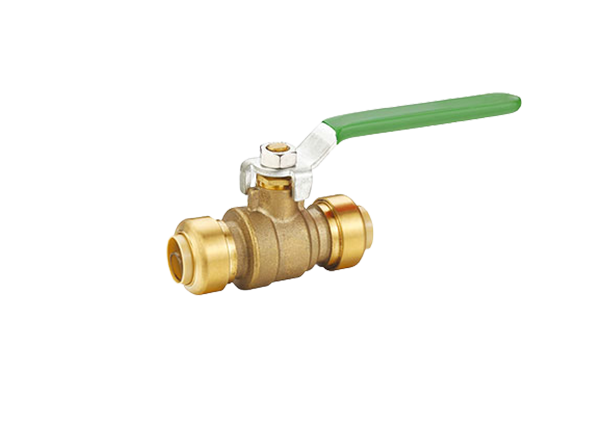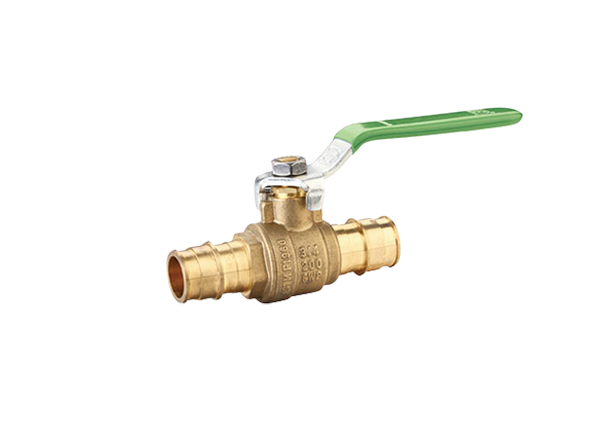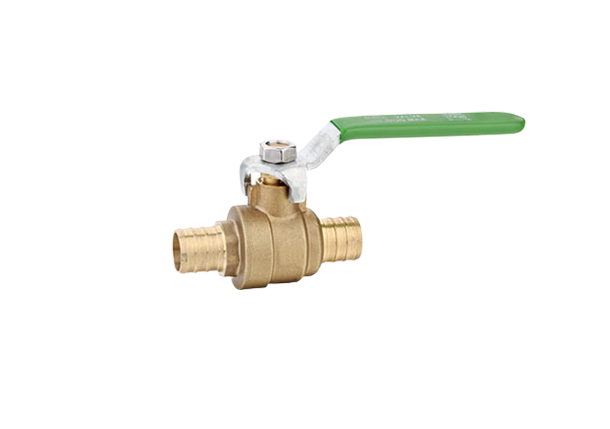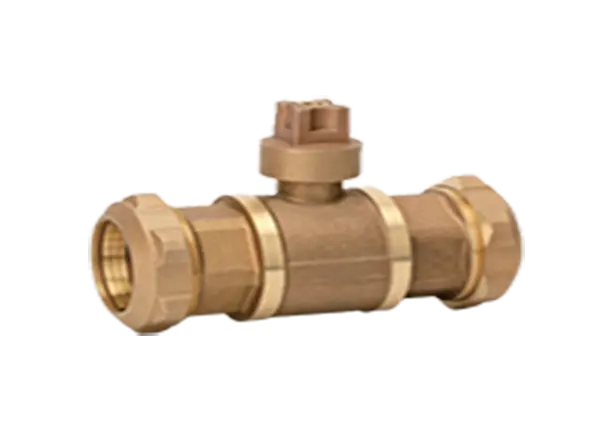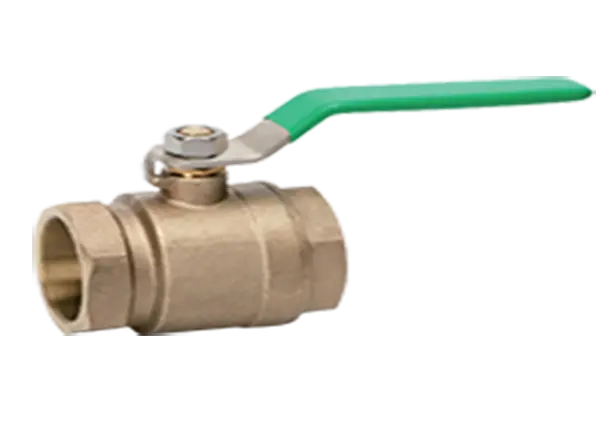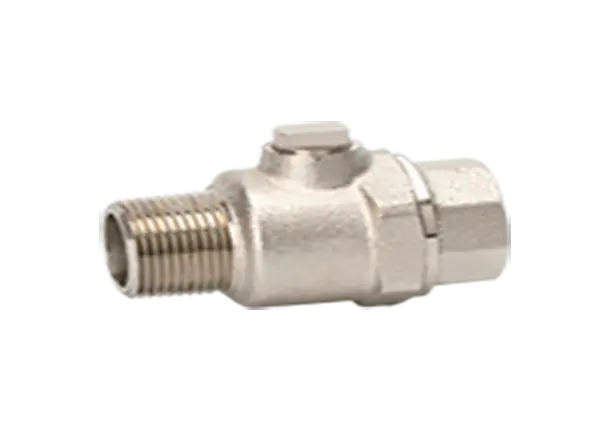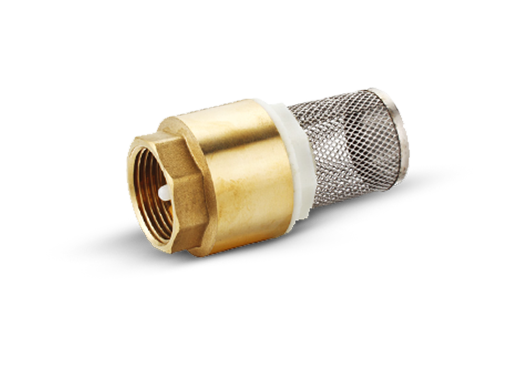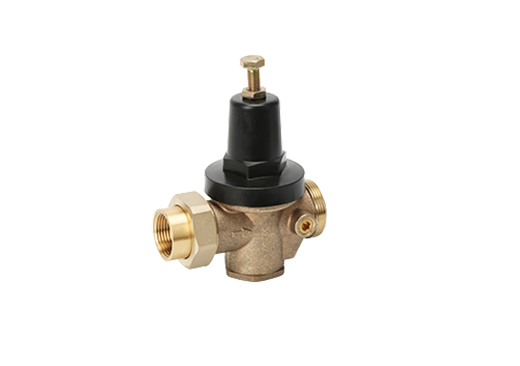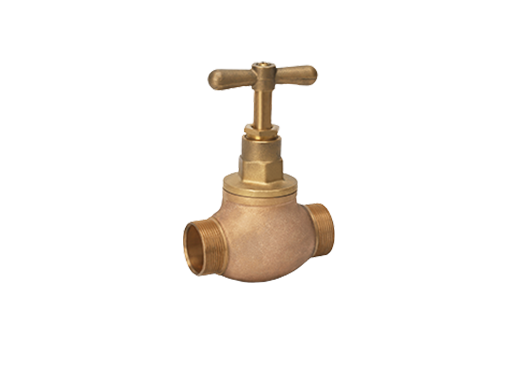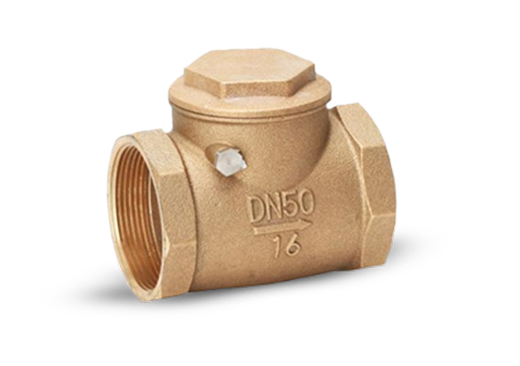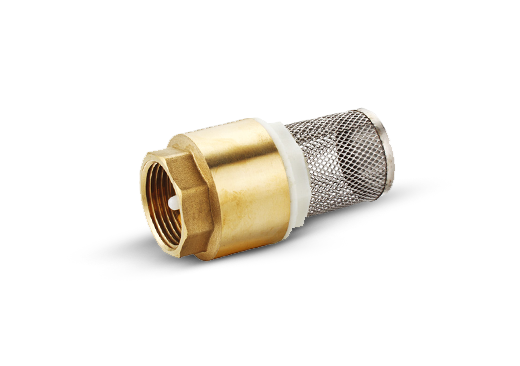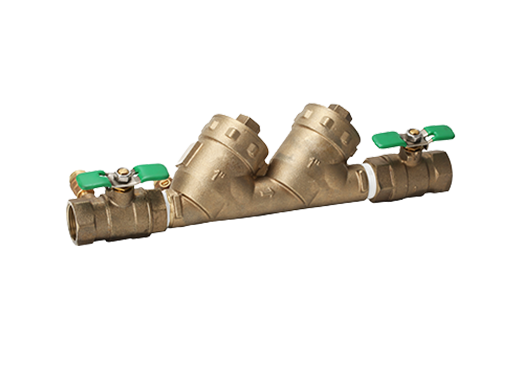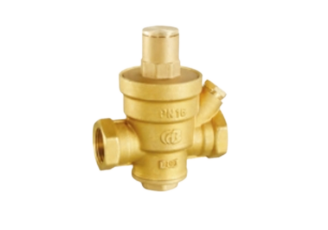General Requirements and Materials for Pneumatic Check Valves
General requirements for pneumatic check valves
The specifications and categories of produced pneumatic check valves should meet the requirements of pipeline design documents.
The model of the pneumatic check valve should indicate the requirements based on the national standard number. If it is an enterprise standard, the relevant explanation of the model should be indicated.
The working pressure of the pneumatic check valve should be ≥ the working pressure of the pipeline. Without affecting the price, the valve can withstand a greater pressure than the actual working pressure of the pipeline. When the pneumatic check valve is closed, either side should be able to withstand a value of 1.1 times the valve pressure without leaking. When the valve is opened, the valve body should be able to withstand a pressure requirement that is two times the valve's working pressure.
In Carbo bronze valve factory, The manufacturing standard for pneumatic check valves should indicate the national standard number it complies with. If it is an enterprise standard, the purchase contract should be accompanied by the enterprise's document.
Material of pneumatic check valves
The body material should be mainly ductile iron, and the grade and the actual physical and chemical testing data of the cast iron should be indicated.
The material for the valve stem should aim to be stainless steel (2CR13). For large-diameter valves, the valve stem should also be made of stainless steel.
The nut material should be cast aluminum bronze or cast aluminum brass, and its hardness and strength should be greater than the valve stem.
The material for the valve stem liner should have a hardness and strength that are not higher than that of the valve stem. Moreover, it should not form electrochemical corrosion with the valve stem and valve body when soaked in water.
Material of the sealing surface, we have bronze check valve and brass one way check valve for you information.
① The sealing method and material requirements should be specified since the categories of pneumatic valves are not the same.
② For ordinary wedge-type gate valves, the material, fixing method, and grinding method of the copper ring should be indicated.
③ For soft-sealed gate valves, the physical and chemical and health testing data of the gasket material should be indicated.
④ The sealing surface material on the valve body and the sealing surface material on the butterfly plate should be indicated for butterfly valves, including their physical and chemical testing data, especially the hygiene requirements, anti-aging, and wear resistance of the rubber, and the use of recycled rubber should be strictly prohibited.
Valve stem packing
① Since the pneumatic valve in the pipeline is usually not frequently switched, the packing should remain stationary and functional for several years, and the packing should not age, maintaining a good sealing effect.
② When the valve stem packing needs to be changed frequently, the sealing effect should remain good during frequent switching.
③ Given the above requirements, the valve stem packing should remain in use for a lifetime or even longer than ten years without replacement.
④ If the packing needs to be replaced, the design of the pneumatic check valve should consider a way to replace it if water pressure is present.
Our general manager has found the most suitable assembly method, that is, Uline, after several months of research to improve efficiency. The application program saves 6 to 3 workers for each assembly line and greatly improves production efficiency. Please feel free to contact us for more information.
Different Carbo Valves For Sale

